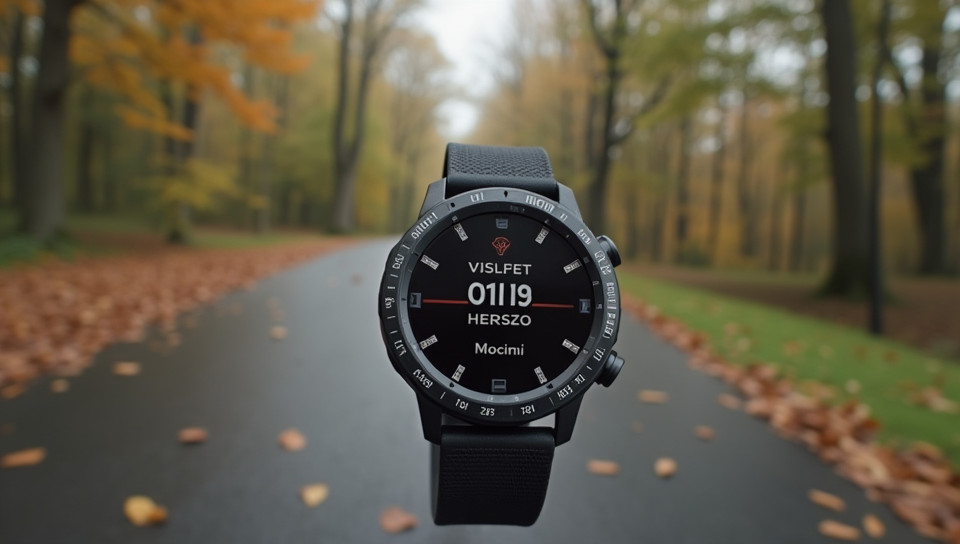Some fitness trackers have built-in GPS features 89%

The Future of Fitness Tracking: How GPS Features are Revolutionizing Wearable Technology
As we continue to push the boundaries of innovation in wearable technology, one feature stands out as a game-changer for fitness enthusiasts and athletes alike: built-in GPS. No longer do you need to lug around a separate device or rely on inconsistent phone connectivity; with many modern fitness trackers featuring onboard GPS, you can track your runs, hikes, and workouts with unprecedented accuracy.
What is Built-In GPS in Fitness Trackers?
Built-in GPS in fitness trackers uses a combination of satellite signals and accelerometer data to calculate distance traveled, speed, and other essential metrics. This feature allows users to leave their phones behind and still receive precise tracking data, making it ideal for athletes who need to monitor their performance in real-time.
How Does Built-In GPS Work?
- It receives signals from a network of satellites orbiting the Earth
- Uses accelerometer data to calculate movement and distance
- Combines satellite signals with acceleration data to provide accurate tracking
Benefits of Built-In GPS in Fitness Trackers
The integration of built-in GPS in fitness trackers offers several benefits, including:
- Improved accuracy: By relying on onboard GPS, users can eliminate the risk of signal dropouts and inconsistent phone connectivity.
- Increased convenience: No longer do you need to carry a separate device or worry about your phone's battery life during long workouts.
- Enhanced performance tracking: With accurate distance and pace data, athletes can refine their training regimens and optimize their performance.
Choosing the Right Fitness Tracker with Built-In GPS
When selecting a fitness tracker with built-in GPS, consider the following factors:
- Accuracy: Look for devices that use multiple satellite systems (e.g., GPS, GLONASS) to ensure accurate tracking.
- Battery Life: Opt for devices with long battery life or quick charging capabilities to minimize downtime.
- Additional Features: Consider devices that offer additional features like heart rate monitoring, notification support, and water resistance.
Conclusion
The inclusion of built-in GPS in fitness trackers has revolutionized the way we track our workouts and training sessions. With improved accuracy, increased convenience, and enhanced performance tracking, these devices have become an essential tool for athletes and fitness enthusiasts alike. Whether you're a seasoned marathon runner or just starting your fitness journey, incorporating a fitness tracker with built-in GPS can take your training to the next level.
- Created by: Ximena Moreno
- Created at: Aug. 24, 2024, 10:11 p.m.
- ID: 8209

